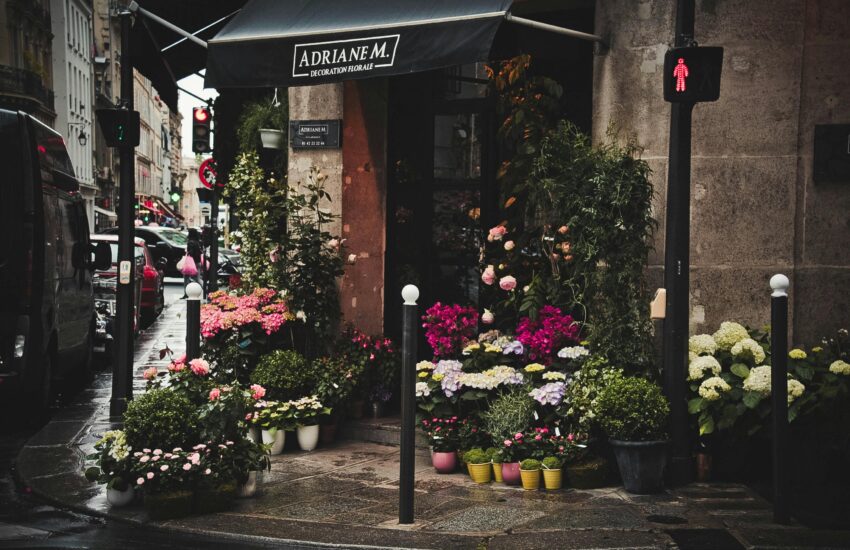Hamster Friendly Plants
Creating a safe and engaging environment for your beloved hamsters involves not only their habitat but also the right selection of plants. Hamsters are curious creatures, and incorporating **hamster-friendly plants** can enhance their living space. In this article, we will explore various plants that are safe for hamsters, offering both aesthetic appeal and environmental enrichment.

Understanding Hamster-Safe Flora
Before introducing any plants into your hamster’s habitat, it’s essential to understand which plants are safe and nutritious. Many common household plants can be toxic to small animals, making it crucial to do your research. **Utilizing hamster-safe flora** not only ensures the well-being of your pet but also contributes to a more vibrant environment.
Types of Hamster-Friendly Plants
Several types of plants are safe for hamsters, including herbs, leafy greens, and flowering plants. **Herbs like basil, parsley, and cilantro** are excellent options, as they provide additional nutritional benefits while adding natural scents that hamsters enjoy. Leafy greens such as kale and dandelion greens are also safe and can be offered in moderation. Additionally, flowering plants like marigolds and hibiscus can add color to your pet’s habitat without posing any risk.

Benefits of Incorporating Plants
Integrating plants into your hamster’s habitat yields various benefits. Not only do they enhance the aesthetic quality of the enclosure, but **hamster-friendly plants** also provide mental stimulation and enrichment. Having live plants allows your hamster to forage naturally, mimicking their behavior in the wild. Furthermore, certain plants can also assist in maintaining humidity levels within the habitat, contributing to your hamster’s overall health.
Common Mistakes to Avoid
While incorporating **hamster-friendly plants** is beneficial, a few common mistakes can negate these advantages. Firstly, avoid overwatering the plants; too much moisture can create a breeding ground for mold, which is harmful to hamsters. Secondly, ensure regular maintenance by trimming any dead leaves or stems to prevent decay. Lastly, always monitor your hamster’s interaction with the plants; if you observe any signs of chewing or excessive digging, it might be time to reassess your plant choices.
Creating a Hamster-Friendly Environment
When arranging plants in your hamster’s habitat, it’s essential to prioritize accessibility and safety. Place larger plants in the corners or back of the enclosure while keeping smaller ones at the front. This positioning allows your hamster to explore freely without feeling overwhelmed. **Creating a hamster-friendly environment** contributes to their mental and physical well-being, providing them with spaces to hide, climb, and interact with their surroundings.
Step-by-Step Plant Arrangement Guide
Arranging plants can be simple yet effective. Follow this step-by-step guide to design an engaging indoor landscape for your hamster:
- Choose a variety of hamster-safe plants that provide different textures and heights.
- Prepare the enclosure by cleaning and disinfecting it to eliminate any harmful bacteria.
- Layer the substrate to create varying heights, which will complement the plants you choose.
- Position larger plants in the back, smaller plants towards the front, and create pathways for your hamster to navigate.
- Monitor your hamster’s interaction with the plants and make adjustments as necessary.
Essential Care Tips for Hamster Plants
Caring for your plants is crucial to ensuring they thrive in your hamster’s environment. Sunlight is essential, but be mindful not to expose the plants to direct sunlight for prolonged periods, as this can overheat the habitat. Additionally, make sure to use non-toxic soil if you plan to repot your plants. Regularly check for signs of pests or disease and take action quickly to prevent issues from spreading and affecting your hamster.
Conclusion: Embrace Greenery for Happy Hamsters
Incorporating **hamster-friendly plants** into your pet’s habitat is a simple yet effective way to enrich their environment. By understanding which plants are safe and beneficial, you can create a lively and safe space for your furry friend. Remember to monitor their interactions and maintain the plants adequately to ensure both your hamster’s health and the plants’ vitality.
FAQ
1. What are some common hamster-friendly plants?
Some common hamster-friendly plants include basil, parsley, cilantro, kale, dandelion greens, marigolds, and hibiscus. All of these plants offer safe nutritional options for your pet while also enhancing the visual appeal of their habitat. Ensure you introduce them gradually to observe how your hamster reacts to each type.
2. How can I care for plants in my hamster’s habitat?
Caring for plants in a hamster habitat involves ensuring they receive appropriate light, water, and soil. Avoid direct sunlight but provide enough indirect light. Keep the soil moist, but not soaked, and use non-toxic soil to ensure safety. Regular maintenance, such as trimming dead leaves, is also important to keep the habitat clean.
3. Can I use decorations along with plants?
Yes, decorative items can complement plants in your hamster’s habitat. Ensure that any decorations are made from non-toxic materials and do not pose a choking hazard. Position these decorations alongside your plants to create an inviting and varied environment for your hamster.
4. How do I know if a plant is safe for my hamster?
To determine if a plant is safe for your hamster, research its toxicity beforehand. Resources such as veterinary websites or animal care guides can provide excellent information. Always stick to lists of known hamster-safe plants to avoid any harmful surprises.
5. How often should I replace plants in my hamster habitat?
Plants should be replaced when they start to wilt, decay, or if your hamster has caused significant damage to them. Regularly check the health of your plants; if they show signs of distress, it’s best to remove them to prevent potential allergens or toxins in your hamster’s habitat.
6. Are synthetic plants safe for hamsters?
Synthetic plants can be safe for hamsters if they are made from non-toxic materials and do not contain small parts that could be chewed off. However, they may not provide the same benefits as live plants, such as foraging opportunities or humidity regulation. Always supervise your hamster with synthetic plants to ensure they don’t ingest any materials.
